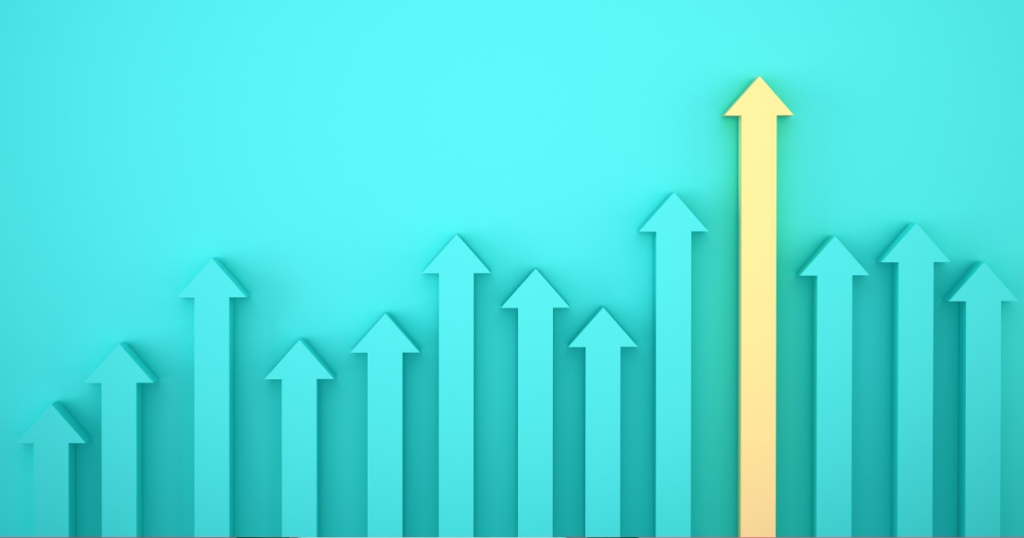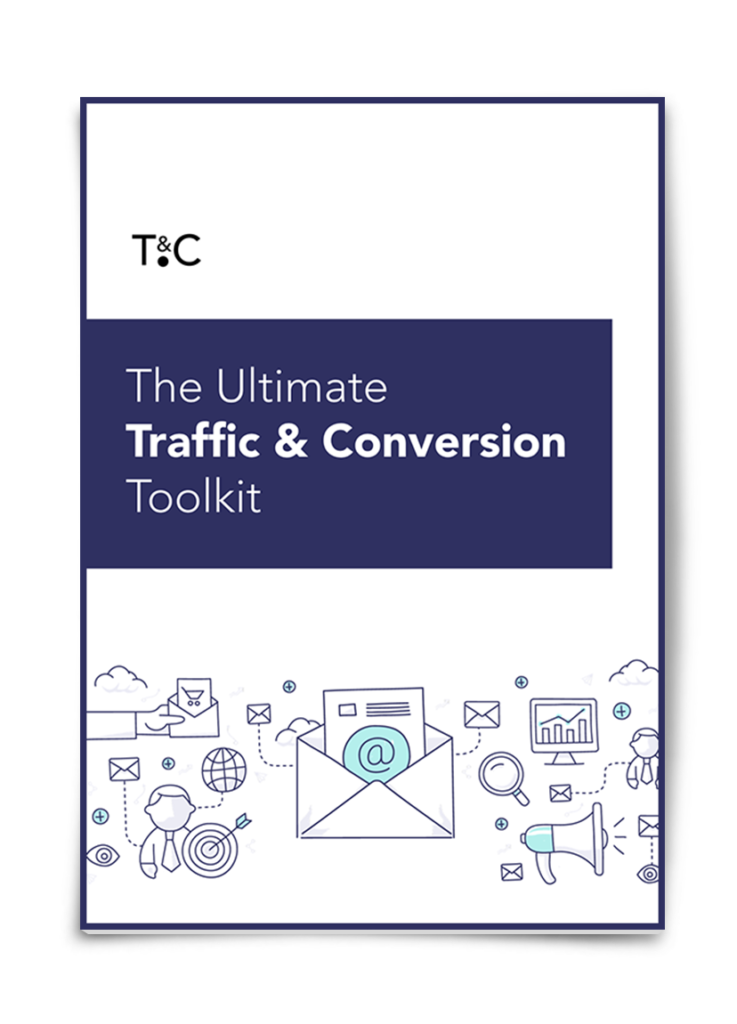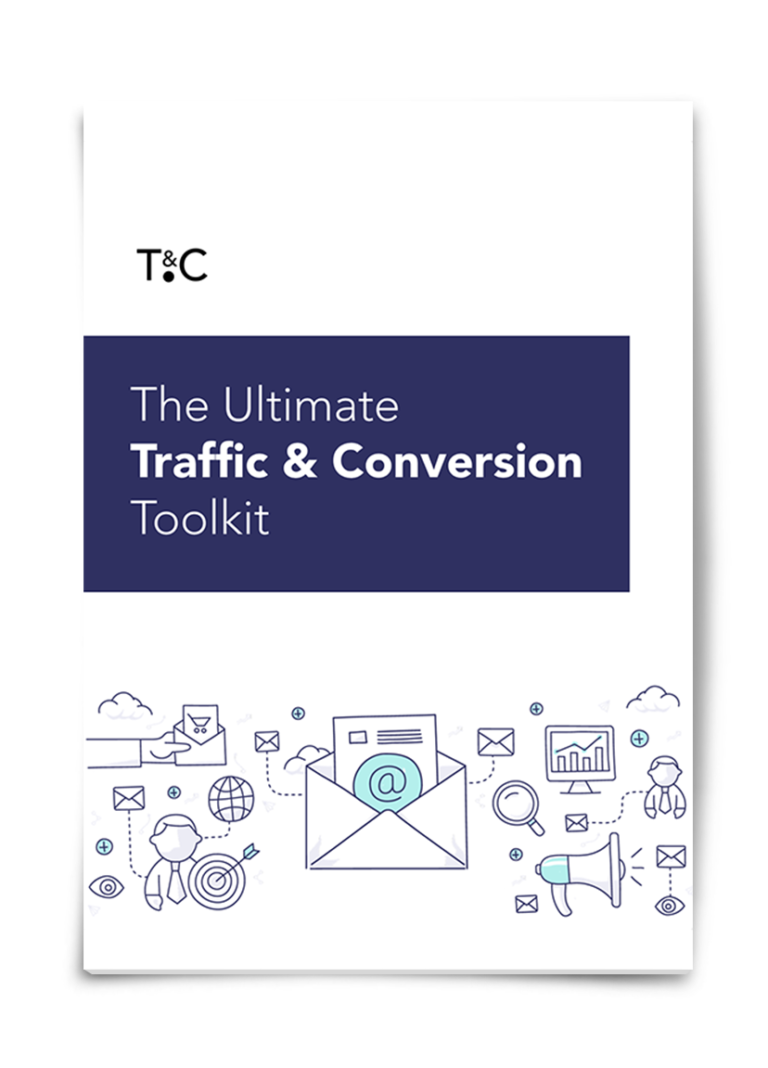Hey there, digital marketers! 📊
In today’s data-driven world, capturing customer data is crucial for building personalized, effective marketing campaigns. At Traffic & Conversion Summit, we’ve teamed up with CDM (CDonaldson Marketing) to break down advanced data capture strategies that go beyond the basics—helping you get the most out of every customer interaction.
Caylee Donaldson, Founder of CDM, will guide you through using online forms, social media listening, AI, and IoT to gather smarter insights. Whether you’re leveraging CRM systems or AI for more sophisticated data collection, this guide will help you stay ahead in the digital marketing game and better understand your audience to drive smarter decisions.
What is Data Capture?

Data capture in marketing refers to the process of collecting information that customers and potential customers generate across various touchpoints. This includes demographic data (age, gender, income), behavioral data (website interactions, email opens, social media engagement), transactional data (purchase history, loyalty program activity), and preferences (customer surveys and feedback).
These data types offer invaluable insights into your customers’ needs, preferences, and behaviors, providing you with the information necessary to create targeted, personalized marketing strategies.
Why Data Capture Matters
By effectively capturing and analyzing this data, businesses can develop products that better meet customer demands, offer more personalized services, improve customer service, and allocate resources more efficiently. According to Forbes, companies that adopt data-driven marketing are six times more likely to be profitable year-over-year.
Key Data Capture Strategies
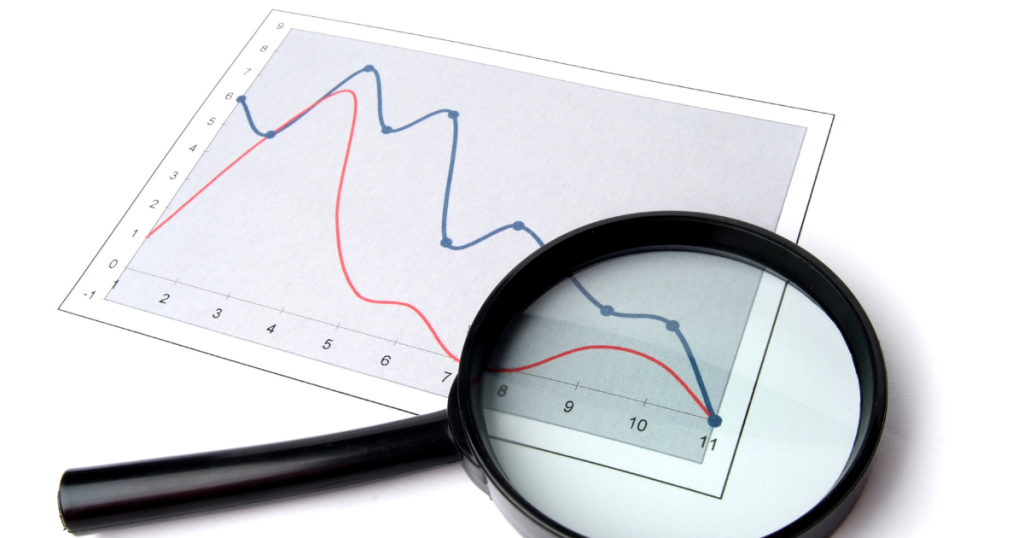
Capturing valuable customer data goes beyond just the basics. Here are several proven methods, ranging from traditional approaches to more advanced techniques, that will help you gather meaningful insights to fuel your marketing strategy:
1. Online Opt-in Forms

These are a staple of digital marketing. To maximize effectiveness, offer a clear value exchange—whether it’s a discount, exclusive content, or access to personalized recommendations. Consider using:
- Pop-ups and Slide-ins: These can capture attention at crucial moments, such as when a user is about to leave the site.
- Gated Content: Provide access to valuable resources like eBooks, whitepapers, or industry reports in exchange for user details.
- Sign-up for Loyalty Programs: Encourage users to join a loyalty program by sharing personal details in return for exclusive rewards, early access to products, or loyalty points.
2. Surveys and Focus Groups

Surveys and focus groups are excellent for gathering direct, qualitative data about customer preferences and opinions. Use them to ask for:
- Product Feedback: Gain insights into how customers feel about your products or services.
- Customer Experience Surveys: Find out how well your website, customer service, or shopping experience meets expectations.
- Post-Purchase Surveys: Capture data immediately after a transaction to understand buying motives and satisfaction levels.
3. Analytics Tools
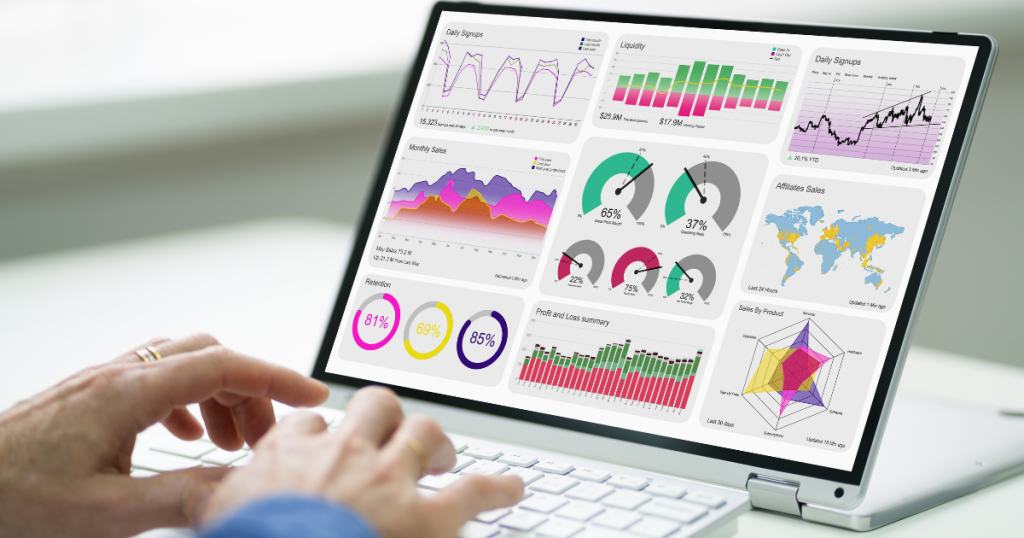
Analytics platforms like Google Analytics, Adobe Analytics, and Hotjar provide a wealth of real-time data on user behavior. These tools help you track:
- Page Views and Click Behavior: Understand how users are navigating your site and which content is engaging them.
- Session Duration and Bounce Rates: Identify where users lose interest or exit your site, helping you refine user journeys.
- Conversion Funnels: Follow the path users take from landing on your site to completing a goal, such as a purchase or sign-up.
4. Social Media Listening

Tools like Brandwatch, Sprout Social, and Mention help track what people are saying about your brand or industry in real time. This data can be used to:
- Track Brand Sentiment: Monitor how customers feel about your brand, whether it’s positive, neutral, or negative.
- Identify Trends: Spot emerging conversations or hashtags that can inspire content or campaigns.
- Respond to Feedback: Engage with customers who mention your brand directly, addressing concerns or celebrating wins.
5. Email Marketing
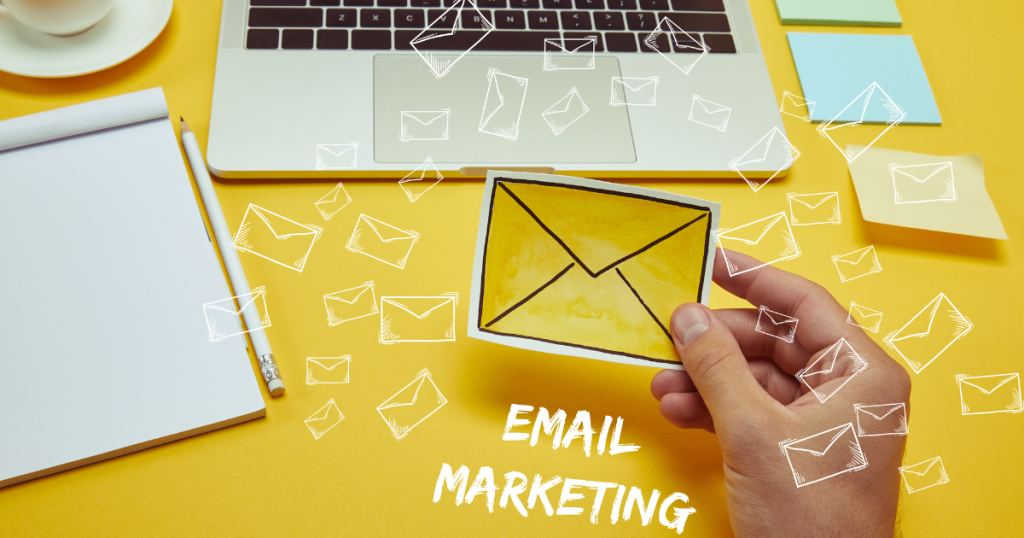
Email remains one of the most effective data capture and customer engagement tools. By using segmentation and behavior-triggered campaigns, you can capture insights through:
- Subscription Forms: Collect demographic data and preferences during the sign-up process.
- Email Opens and Click-Through Rates: Monitor which subject lines, content, and offers resonate most with different segments.
- Surveys Within Emails: Use embedded surveys or feedback forms in your emails to gather opinions on specific topics or products.
6. CRM Systems
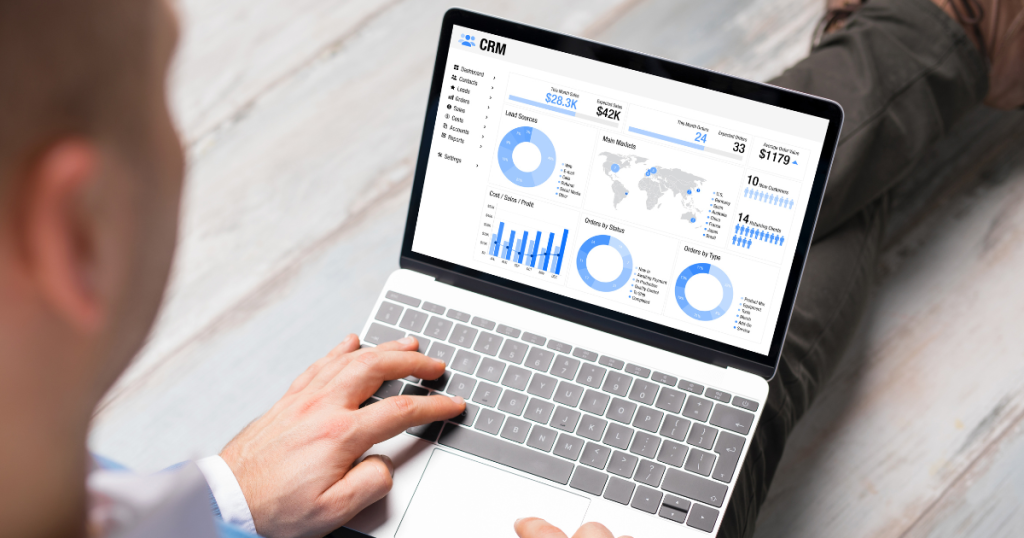
Advanced CRM platforms like Salesforce, HubSpot, or Marketo can consolidate data across all touchpoints. They help you capture and track:
- Customer Interactions: From email open rates to social media engagement, CRMs give you a 360-degree view of each customer.
- Sales and Purchase History: Analyze buying behavior to personalize marketing efforts.
- Lead Scoring: Track leads’ behavior to determine their likelihood to convert, and tailor your approach accordingly.
7. Interactive Content

Interactive tools like quizzes, polls, and assessments provide an engaging way to collect data:
- Quizzes: Users answer a series of questions, often in exchange for a personalized result (e.g., product recommendation), which also gives you valuable data on their preferences.
- Polls: Quick, single-question polls allow you to gather opinions on a specific topic and identify trends or preferences.
- Contests and Giveaways: Offer a prize for participants who share their details or complete specific actions (e.g., following your brand on social media), capturing both contact information and engagement.
8. Website Tracking Pixels

Tools like Facebook Pixel or Google Tag Manager allow you to track user behavior across your site and on social media platforms:
- Retargeting Campaigns: Pixels allow you to retarget visitors who didn’t convert, serving them ads based on their previous interactions with your site.
- Cross-Platform Tracking: Understand how users behave as they move between platforms like Facebook, Instagram, or Google, and tailor your outreach accordingly.
9. In-Person Data Collection

For businesses that operate offline, you can capture data through:
- Point-of-Sale (POS) Systems: Use in-store transactions to collect customer data, such as email addresses and purchase history.
- Events and Trade Shows: Collect data through sign-up sheets, event check-ins, or digital kiosks where attendees provide information in exchange for event content or giveaways.
10. Chatbots and Live Chats
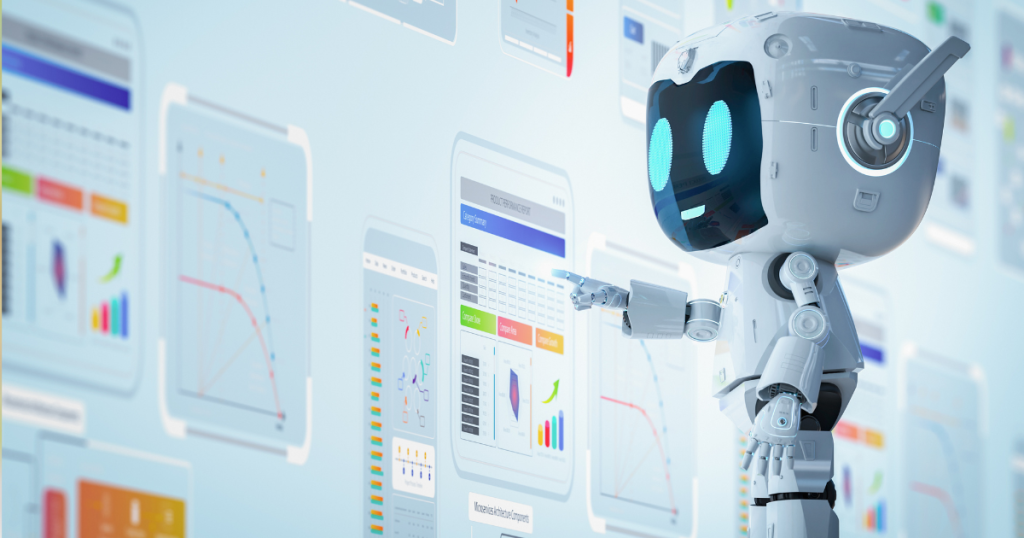
Tools like Intercom or Drift allow you to capture data directly from customers as they interact with your website’s chatbot or live chat feature:
- Customer Queries: Gather information based on the questions and concerns customers express during their interactions.
- User Details: Many chatbots ask for basic contact information before providing assistance, which can be stored in your CRM.
- Behavioral Triggers: Capture data about when users engage with the chatbot (e.g., after viewing a product or visiting a pricing page), which can offer insights into their intent.
11. IoT and Wearable Devices

For industries with physical products or services, IoT (Internet of Things) and wearable devices provide a new frontier for data collection:
- Usage Data: Track how customers interact with physical products, providing real-time insights into performance and customer habits.
- Location Data: For wearables, you can capture location data to personalize marketing efforts based on geographic trends.
12. Progressive Profiling
Instead of asking for a lot of data upfront, progressive profiling allows you to collect information gradually over time.
For more awesome, tried and proven, actionable content and specific tools and tactics check out Traffic & Conversion Summit where you can hear from the world’s leading experts on all things Tools & Tactics. Traffic & Conversion Summit is the BIGGEST digital marketing event in the US for entrepreneurs and agency owners.
